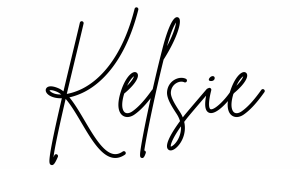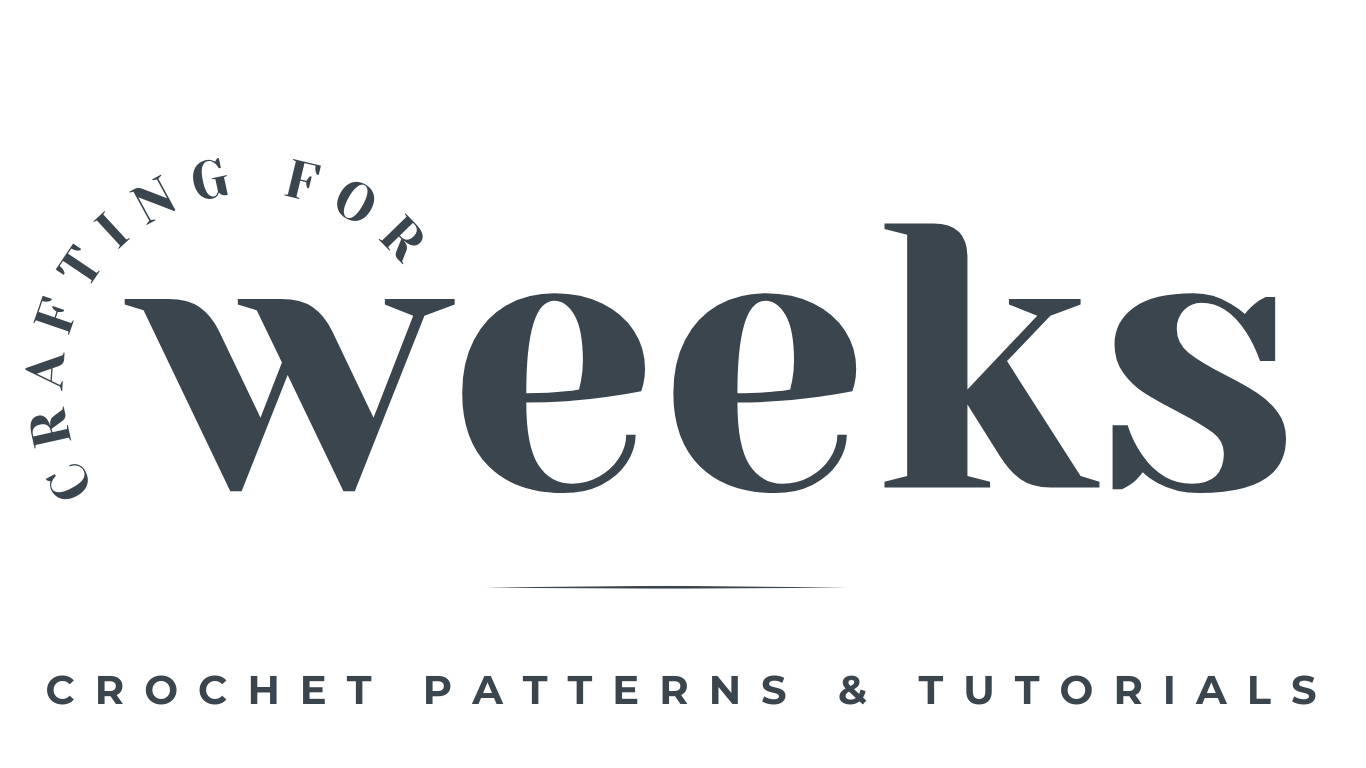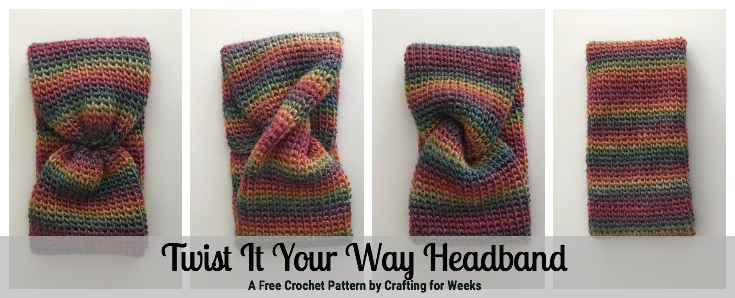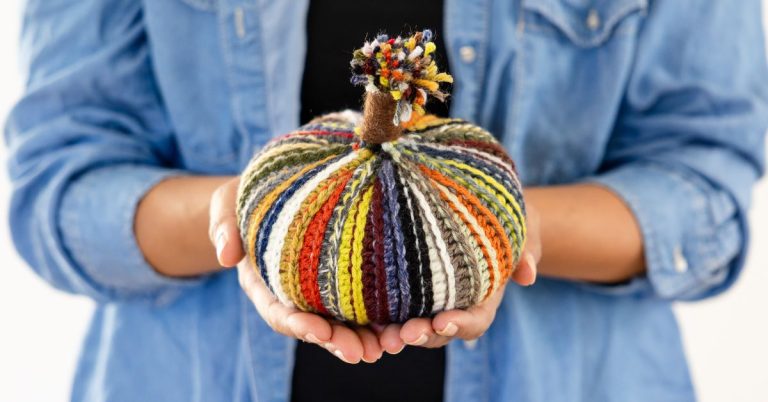How to Half Double Crochet Stitch (hdc)
Hello friends! This tutorial is going to walk you through how to crochet the half double crochet stitch. This is part of a beginner series that I have put together to help people that are brand new to crochet start learning stitches. The half double crochet is no only simple, bit it is such a great stitch to add to your repertoire.
I’ll be sharing some characteristics of the half double crochet sttich, as well as some common uses. I’m also going to give you a step-by-step photo tutorial and a sample pattern so that you can get used to reading what it might look like in a pattern. I’ll also share some tips and tricks to help you through potential problems with this stitch. And of course, I’ll link some free patterns that you can practice with. Let’s get started!

About the Stitch
The half double crochet stitch is between the single crochet (sc) and double crochet stitch in size. It is slightly taller than a single crochet but shorter than a double crochet. It is easy to learn as is only differentiates from the single crochet and double crochet by one yarn over. It is a favorite among crocheters new and old because of the size and speed of the stitch and the density of the fabric is creates. You will see this stitch used in accessories, garments, home decor and more.
Abbreviation
The slip stitch is abbreviated “hdc” in US terms. You may see it noted at “htr” if you are using UK terms.
Fabric Characteristics
When worked together in rows, the half double crochet stitch creates a solid fabric with little space between stitches. The fabric is looser and has more drape than a single crochet or slip stitch fabric.
Skill Level
Beginner
Quick Instructions
To complete a half double stitch, yarn over and insert hook into stitch. Yarn over and pull up a loop. Yarn over and pull through all three loops on hook.
Turning Chain
Depending on your preference, this stitch will have a turning chain of 1 or 2. Some designers use the turning chain as the first stitch of the row. In this case, you will chain 2 and start your first half double crochet in the second stitch of the row. Other designers do not count the turning chain as the first stitch of the row. In this case, you will chain 1 and start your first half double crochet in the first stitch of the row. Both are techniques are correct and will be noted in your crochet pattern which method is being used. For this tutorial, I will be using a chain 1 and starting my half double crochet in the first stitch of the row.


Step-by-Step Tutorial
Foundation Row
- Start by chaining any number of stitches.
- Yarn over by wrapping your yarn around the hook from the back to the front.
- Insert your hook into the second chain from your hook. (see Turning Chain notes for variation)



- Yarn over by wrapping your yarn around the hook from the back to the front.
- Pull up a loop by bringing the wrapped yarn through the stitch to the front of your piece. You should have three loops on your hook.
- Yarn over by wrapping your yarn around the hook from the back to the front.



- Pull through all three loops on your hook.
- Repeat Steps 2-7 in each chain stitch across your row.


Following Rows
- Start each new row with a chain 1 and turn. (see Turning Chain notes for variation)
- Insert your hook under the two top loops from the first stitch below.
- Repeat Steps 2-7 from above in each stitch across your row.
This series is your row repeat. You’ll start each row with a chain 1 and turn and continue this repeat until your piece reaches your desired height.
Pattern for Swatch
Row 1: Ch 17, hdc in 2nd ch from hook and each ch across. (16)
Row 2: Ch 1 and turn. Hdc across. (16).
Repeat Row 2 until your fabric reaches your desired height.
HDC in the Front or Back Loops
Like most crochet stitches, you can work in the front or back loops of the half double crochet stitch for a slight variation. To do this you will insert your hook under either the front loop or the back loop when working your half double crochet stitch. This is done instead of working under both loops. You will usually see this technique called “hdc in BLO (back loops only)” or “hdc in FLO (front loops only)”. While the technique’s execution is largely the same, they look slightly different when completed.


HDC in the Third Loop
One thing that is unique to the half double crochet stitch is the third loop. We are used to seeing the front loop and the back loop on a stitch. We insert our hook under these two loops for a classic stitch. The way this stitch is structured creates an additional “third loop”. Crocheting in the third loop of the stitch creates a ribbed sort of effect in your work.

The key to using the third loop in a half double crochet stitch is identifying it. The third loop is created by the first yarn over of the half double crochet stitch. This will be the middle loop of the three loops on your hook before you do your last yarn over and pull through of the stitch. It is most easily identified on the back side of the stitch. If you look at the back of a completed row of half double crochet stitches, you will see a slight bulge; this is the third loop.



Camel Stitch
The camel stitch is a variation of half double crochet in the third loop. It is often worked in rounds as the third loop is consistently located in the same place when working in rounds. Working in the third loop will push your front and back loop to the front of your work and create a series of knit-like rounds.



Note: The camel stitch can also be worked flat, however, it is slightly trickier to get the same effect. You will need to alternate finding the third loop from the front or back to continuously push your front and back loops to the front of your work. The third loop is more pronounced on the back of a half double crochet stitch, but it can also be located on the front of the stitch as well. By keeping the loops on the same side of your work, you will achieve the same stacking effect of the stitches as you would when working in the round.
Troubleshooting
The half double crochet stitch is a personal favorite of mine for it’s speed and simplicity. But as with any stitch, it can also prove to be a bit troublesome when you’re first learning it. I’ll break down a few common problems that might come up with this stitch. Please leave me a comment if you would like to see more addressed.
Trouble with Last Pull Through
The half double crochet stitch is one of the few basic stitches you’ll learn that you will pull through more than two loops at a time. Your last part of this stitch will have you pull through three loops on your hook. This can be a little but tricky when you’re first learning the stitch and you might find yourself missing a loop or distorting your stitch trying to get the hang of the motion. I like to grab the base of my stitch between when I do my last pull through to keep my loops from stretching out. This helps the hook to come through much easier.

accidentally Adding stitches
It’s really common for new crocheters to accidentally add stitches to their row. This can happen in a variety of ways, but the main reason for this is not knowing where your starting stitch for the row is. The more you crochet, the easier it will be able to find the first stitch of the row but it can take practice to find it..
From above, the turning chain and the first stitch of the row are identical. So whenever you chain 1 and turn, the second stitch from your hook is the first stitch of the row. Check out the photo below to see what the starting stitch of the row looks like.

Free Patterns
Try it Out
- Sailor’s Knot Headband
- Dish Cloth Sampler Set (coming soon!)
- Summer Nights Ruana
Final Thoughts
I hope you enjoyed this tutorial! Be sure to check out some other beginner stitches and simple patterns to practice with in my Learn to Crochet series! I’m so excited for you to go further with your crochet journey.
I’d love to see how you end up using it, so be sure to tag me in your projects on @craftingforweeks on Facebook or on Instagram so that I can check them out!
Until next time, Happy Crafting!








